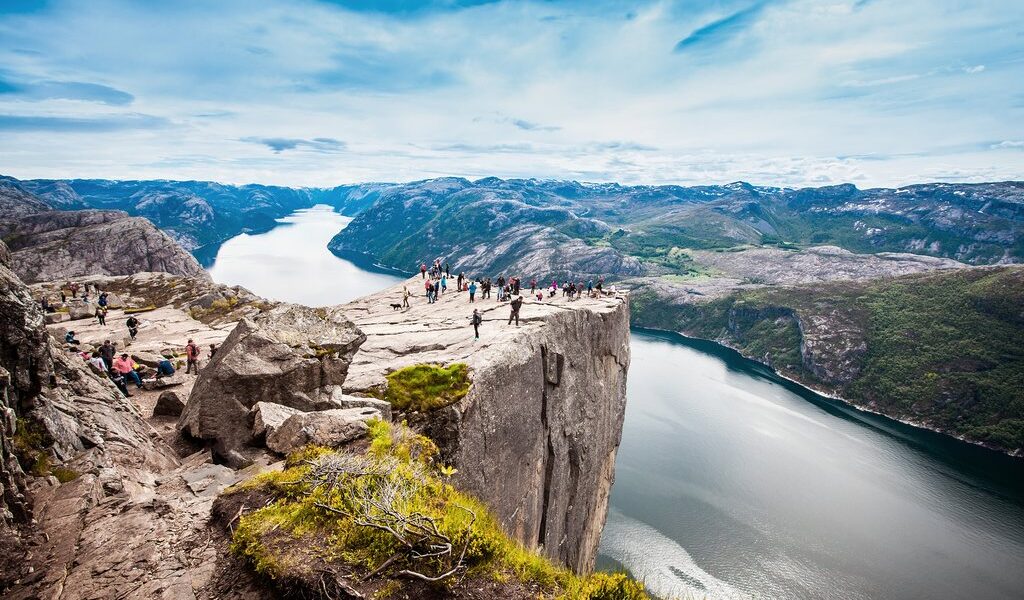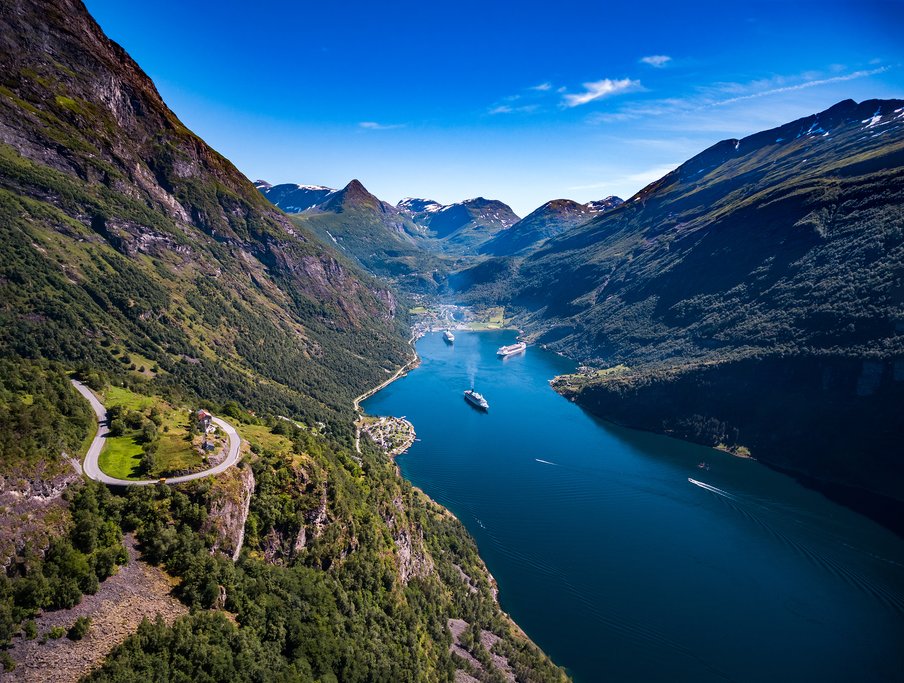
There is perhaps no place on Earth that can rival the beauty of Norway’s fjords — as if Odin himself carved out mountains, splattered waterfalls on his canvas, and then flooded his own work into the Norwegian Sea. Each spot will seem more beautiful than the next…so where do you choose to start?
Giant glaciers, like colossal, slow-moving rivers of ice, have repeatedly sculpted these majestic mountains over countless millennia, leaving behind a legacy of breathtaking panoramas that continue to inspire awe and wonder in all who behold them. The western coastline of Norway presents itself as an intricate labyrinth of interconnected waterways, cascading waterfalls that plunge dramatically down sheer cliffsides, and vistas that stretch for miles upon miles, offering an unparalleled feast for the eyes. Regardless of the duration of your stay in this captivating region, it will inevitably feel insufficient to fully absorb the sheer abundance of natural wonders on display. To truly maximize your experience in this remarkably concentrated area of scenic beauty, we present the following comprehensive guide, designed to navigate you through the highlights and hidden gems of Norway’s fjords.
## Delving into the Depths: Which Fjords Merit Your Attention?
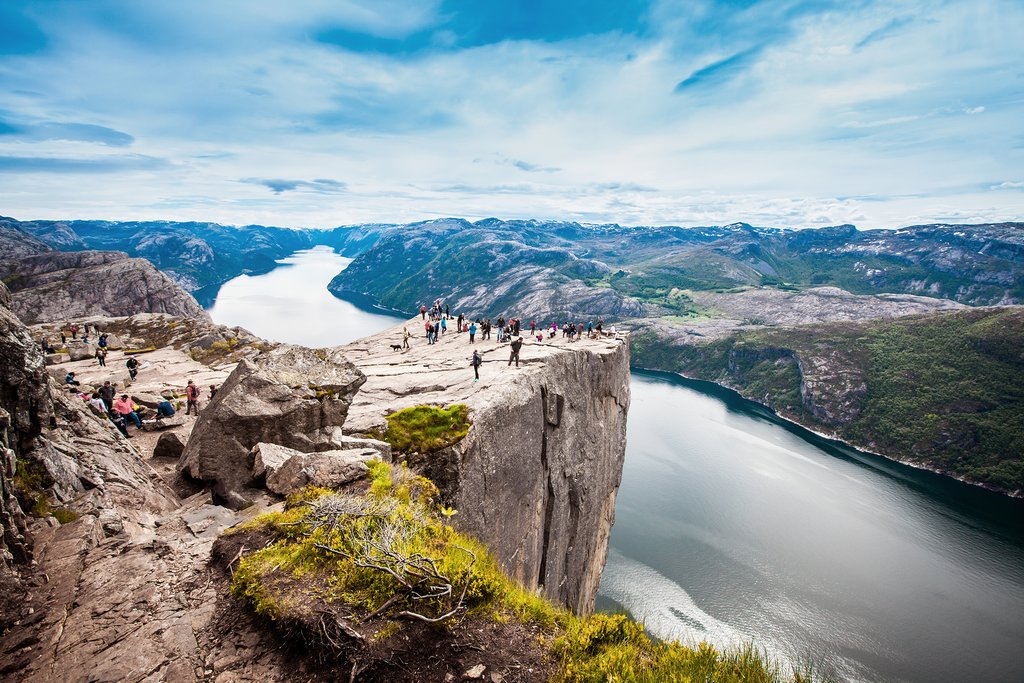
The Norwegian coastline is adorned with an astonishing number of fjords, exceeding a thousand in total. However, within this vast collection, certain fjords have attained iconic status, frequently gracing postcards and travel brochures, becoming synonymous with the quintessential Norwegian fjord experience. These prominent fjords include the magnificent Geirangerfjord, the dramatic Naeroyfjord, the picturesque Aurlandsfjord, the imposing Lysefjord, the expansive Sognefjord, and the serene Hardangerfjord, each a heavyweight contender in the realm of natural beauty and offering distinct characteristics that set them apart.
The **Geirangerfjord** stands as one of the most celebrated fjords in Norway, a testament to its undeniable allure and captivating scenery. Its esteemed status is further solidified by its inclusion, alongside the Naeroyfjord, on the prestigious UNESCO World Heritage list, a recognition of its exceptional natural and cultural significance. Unsurprisingly, the Geirangerfjord boasts a collection of breathtaking waterfalls, most notably the cascading De Syv Søstre (the Seven Sisters) and the majestic Friaren (the Suitor), adding to the fjord’s visual splendor. Adding to the fjord’s mystique are several abandoned farms clinging precariously to the steep slopes. These serve as poignant reminders of a bygone era. The Geirangerfjord stretches for an impressive 10 miles, offering ample opportunities to explore its diverse landscapes. For a truly panoramic perspective, ascend to Dalsnibba, a viewpoint perched approximately 5,000 feet above sea level, providing unparalleled views of the fjord and its surrounding mountains. Adventure seekers can even embark on a thrilling journey along the renowned Trollstigen mountain road to reach Dalsnibba, adding an extra layer of excitement to their visit.
The **Naeroyfjord**, renowned for its exceptional narrowness and dramatic topography, holds its position as one of the most breathtaking and widely recognized destinations within the fjord region. The fjord’s steep cliffs rise to dizzying heights, reaching nearly 6,000 feet above sea level, creating a sense of awe-inspiring grandeur. Observing the fjord from a boat or kayak allows you to fully appreciate the sheer scale of these imposing rock faces, which seem to tower like giants above you. Most scenic tours of the Norwegian fjords incorporate the Naeroyfjord into their itinerary, ensuring that visitors have the opportunity to witness its unparalleled beauty firsthand.
The **Aurlandsfjord**, another gem in the Norwegian fjord landscape, is the gateway to several charming towns and villages, including Flåm, Aurland, and Undredal, each possessing its own unique character and appeal, making them worthwhile stops along your journey. Flåm, in particular, is renowned as the namesake of the Flåm Railway, a marvel of engineering that offers a scenic journey through the heart of the fjordland. The Aurlandsfjord is also widely regarded as one of the most beautiful fjords in Norway, with its stunning landscapes and tranquil waters. It is frequently included in various tour packages, such as the popular Norway in a nutshell tour, allowing visitors to experience its beauty as part of a broader exploration of the region.
The **Lysefjord**, distinguished as the southernmost of the notable fjords and the closest to Oslo, boasts two iconic landmarks that have captured the imaginations of travelers from around the world: Pulpit Rock (Preikestolen) and Mount Kjerag. Pulpit Rock, with its distinctive flat-edged cliff face, has become an instantly recognizable symbol of Norway, gracing countless Instagram feeds and travel publications. Mount Kjerag, on the other hand, is famous for the Kjeragbolten, a precariously balanced boulder wedged between two cliff faces at an astonishing height of 3,000 feet above the fjord, offering a thrilling and unforgettable sight. As a bonus, the Lysefjord is also home to the world’s longest wooden staircase, consisting of a staggering 4,444 steps, offering a challenging yet rewarding climb for adventurous visitors.
The **Sognefjord** reigns supreme as the longest and deepest fjord in Norway, a true testament to the country’s dramatic geological formations. This majestic fjord snakes its way along the cliffs for an incredible 120 miles, carving a path through the heart of the Norwegian landscape. At the innermost reaches of the Sognefjord, you’ll discover Jostedalsbreen, the largest glacier in continental Europe, a colossal ice formation that adds to the fjord’s grandeur and allure. The Sognefjord, often referred to as “The King of the Fjords,” is easily accessible from Bergen, with the Naeroyfjord acting as one of its many arms. The surrounding area also boasts several other attractions, including Jotunheimen National Park, Flåm, Balestrand, and Solvorn, all of which offer unique experiences and opportunities to explore the region’s natural and cultural heritage.
The **Hardangerfjord**, second only to the Sognefjord in terms of its impressive length and overall grandeur, has rightfully earned the moniker “The Queen of the Fjords.” Stretching for an impressive 110 miles, the Hardangerfjord is an area rich in natural wonders. It is conveniently located near Trolltunga (the iconic “Troll’s Tongue” rock formation), Folgefonna National Park, Steinsdalsfossen waterfall, and the picturesque towns of Jondal and Sundal, each offering a glimpse into the region’s rich cultural heritage.
## Escaping the Throng: Discovering Fjords Away from the Crowds
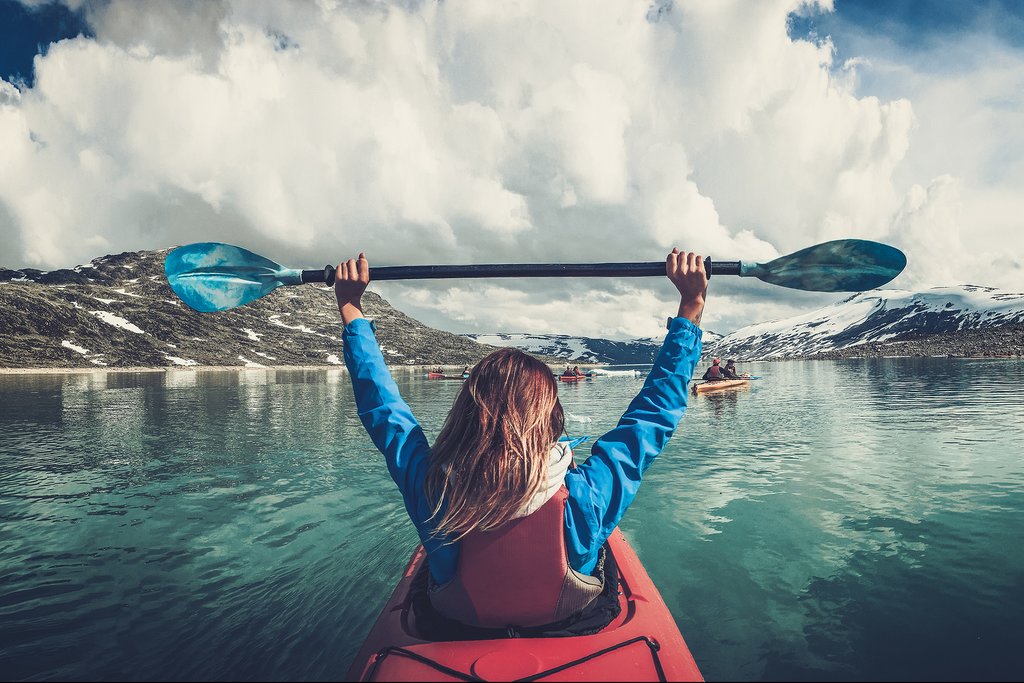
For those seeking tranquility and a more secluded fjord experience, particularly during the peak summer season when crowds tend to congregate around the most popular destinations, consider venturing off the beaten path and exploring the lesser-known fjords. The **Nordfjord** and the **Lyngenfjord** offer exceptional opportunities to escape the hustle and bustle and immerse yourself in the untouched beauty of the Norwegian landscape. The Nordfjord, situated further north, tends to be overlooked by many travelers, allowing for a more peaceful and intimate encounter with its natural wonders. This region boasts a wealth of historical significance, with numerous old fishing communities dating back to the Viking era, offering a fascinating glimpse into Norway’s maritime past. The Briksdalsbreen glacier, renowned for its exceptionally vibrant blue hue, adds to the Nordfjord’s visual appeal, while Hornindalsvatnet, Europe’s deepest lake, further enhances the region’s unique geological characteristics.
The Lyngenfjord, located even further north in the Arctic Circle, provides a distinct and unforgettable fjord experience. Here, “Fjord Norway” takes on a new meaning, encompassing the majestic Lyngsalpene mountain range, sprawling glaciers, verdant valleys, the ethereal midnight sun, the rich culture of the Sami people, and, perhaps most captivatingly, the mesmerizing Northern Lights, which dance across the Arctic sky during the winter months.
## Navigating the Fjords: Charting Your Course
In terms of traversing the fjord region, renting a car provides a relatively straightforward approach, granting you the freedom to explore at your own pace and discover hidden gems along the way. However, if renting a car is not feasible, Norway’s comprehensive bus and train network offers reliable transportation to virtually any destination you desire. Alternatively, consider embarking on one of the many scenic fjord cruises, which provide a relaxing and immersive way to experience the beauty of the fjords from the water. Passenger boats operate year-round between Gudvangen, Aurland, and Flåm, offering convenient transportation and breathtaking views. Ferries also play a vital role in connecting communities along the fjords, effectively serving as “roads” that traverse the waterways. However, keep in mind that the most popular ferry routes, such as Geiranger–Hellesylt and Lauvvik–Lysebotn, may experience long lines during the summer months, so plan accordingly.
**Hurtigruten**, the renowned coastal steamer, offers a comprehensive route along the Norwegian coast, providing access to a wide range of destinations. Additionally, various smaller outfitters, such as Beffen in Bergen and numerous companies around the Lofoten Islands, offer local transportation services and unique perspectives on the fjords. Once you have reached your desired destination, consider exploring the waters by kayak or embarking on a thrilling high-speed RIB (Rigid Inflatable Boat) tour. A RIB tour around the Lysefjord is particularly noteworthy, offering an exhilarating way to witness the fjord’s dramatic cliffs and stunning landscapes.
## Finding Your Sanctuary: Choosing Accommodation
While day trips from Bergen or longer stays in Tromsø (if you are venturing further north) are viable options, opting to stay in one of the area’s charming small towns or villages offers a more immersive and authentic experience. The specific village you choose will depend on your location and travel plans, but you will never be too far from a quaint farm or lodge, providing a cozy and welcoming base for your fjord adventures.
Consider spending a night in Solvorn and taking the ferry to Urnes Stave Church, the oldest stave church in Norway, a remarkable example of medieval wooden architecture. Spend a night above the Geirangerfjord and witness the tranquil beauty of the fjord as the crowds gradually dissipate in the evening. Cross to Undredal from Flåm and savor some of the world’s finest goat cheese, a local specialty that is sure to tantalize your taste buds. Immerse yourself in the rural lifestyle by getting your hands dirty on one of the many farms in the region, or experience the ultimate adventure by sleeping in a tent atop Trolltunga, surrounded by breathtaking panoramic views. Capture the beauty of the famous apple tree blossoms of Ulvik during the spring season, or curl up by the fireplace in a cozy lodge in Jondal, enjoying the peace and quiet of the fjord landscape. Ultimately, the key to experiencing the fjords to their fullest is to slow down, savor the moment, and allow yourself to be captivated by the natural beauty that surrounds you.
## Timing Your Trip: Seasons of Spectacle
There is truly never a bad time to visit Norway, as each season offers its unique charms and attractions. However, understanding the nuances of each season can help you tailor your trip to your specific preferences. Summer offers the most favorable weather conditions, with long days and pleasant temperatures, but it also coincides with the peak tourist season, resulting in larger crowds. Spring and autumn bring cooler temperatures and shorter days, but they also offer the opportunity to witness the mountains adorned with their respective seasonal colors, creating a stunning visual spectacle. In winter, the fjords transform into a winter wonderland, with snow-covered landscapes and the possibility of witnessing the magical Northern Lights. While the days are shorter, the reduced crowds allow for a more intimate and peaceful experience of the fjords.
## Allotting Your Time: Embracing the Fjord Pace
Allocate as much time as you possibly can to your fjord adventure. As you find yourself captivated by the mesmerizing beauty of the fjords, spending hours gazing into the tranquil waters and contemplating the sheer scale of the landscape, you may find yourself falling behind schedule. Keep in mind that the rugged terrain and winding roads can make travel times longer than anticipated. The influx of tourists during the summer months can also contribute to delays, and ferry schedules may not always align with your desired itinerary. However, it is important to embrace this slower pace and allow yourself to fully immerse in the beauty of the fjords. Consider these factors as gentle reminders to slow down, relax, and match your pace with the tranquil rhythm of the water. Fjord Norway beckons you to stay, to explore, and to savor the unforgettable experiences that await you.
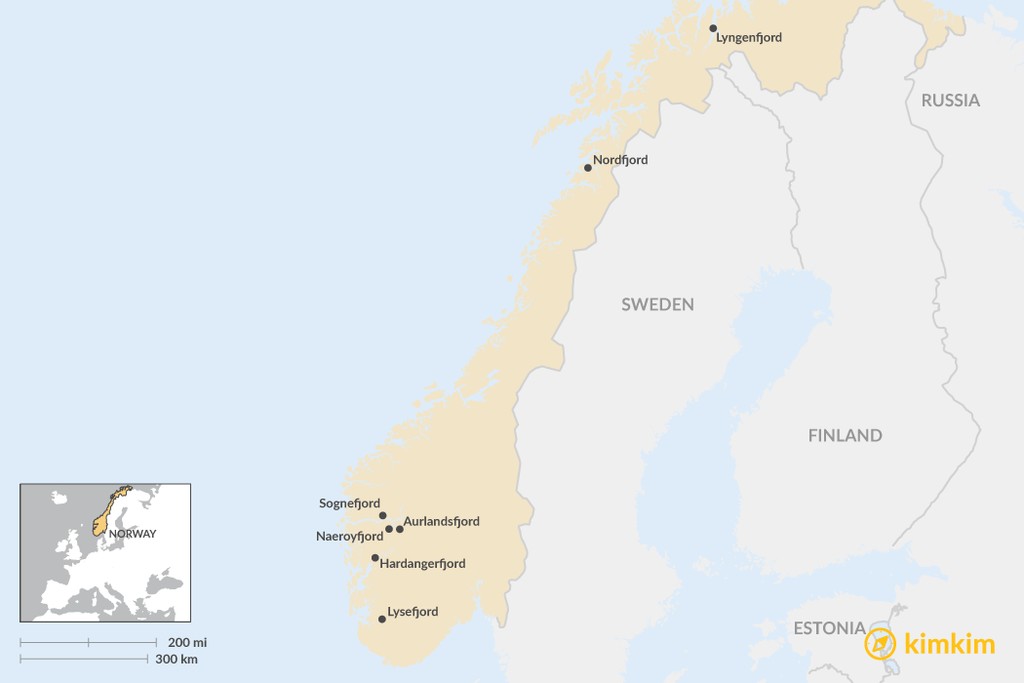
B-1972

